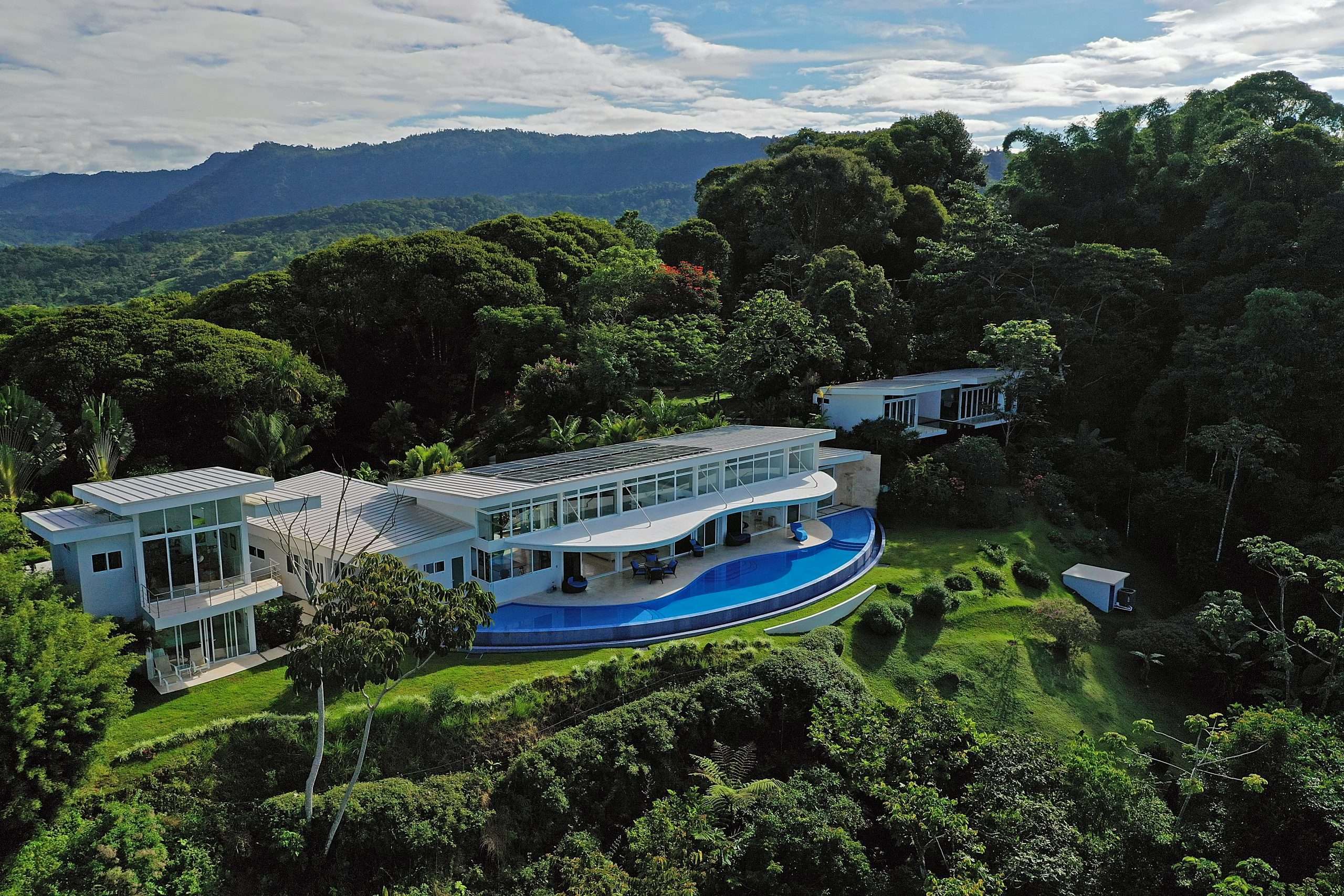Luxury home tax reform project
AUTHOR: LIC. MAURO ESQUIVEL
The Ministry of Finance expects a prompt legislative discussion of the bill that reforms the solidarity tax to strengthen housing programs (ISO), popularly known as the luxury home tax. The general intention of the draft Law of Tax on Luxury Real Estate for Housing, Occasional and Recreational Use (22,382) is to increase tax collection through a rate increase and the use of the value of the land to define what a home is "deluxe."
The idea is to allow more active participation in Taxation. This direction would define the tax and collect it each year, as is already the vehicle property tax (the label). Then it would have to control those who do not pay.
The project and the changes
Currently, the tax is charged on those homes with a construction value greater than ¢ 133 million. This value is not fixed and updated every year, using the variation experienced by the consumer price index (CPI) as a reference until November. If the construction value exceeds that limit, the land value is added, and the tax is calculated.
With the reform, the tax would be charged on all those homes with a value greater than 325 base salaries (¢ 150 million in 2021), not only based on their construction value but also on their land. This change could increase the number of people who pay the tax since the value of the land would increase the chances that the home will exceed the minimum barrier to become a "luxury home."

In addition to this change, the primary tool to stop tax avoidance promoted by the Treasury is that the tax would no longer be declared by each taxpayer but defined by the General Tax Directorate (DGT) itself. To do this, it would use the information available in the National Registry and the municipalities.
Another change that would promote the reform and increase collection is an increase in the tax rate. Currently, the lien has a staggered rate of between 0.25% and 0.55% on the property's value that does not exceed 0.25% up to ¢ 335 million (in the lowest step of seven). With the change, a flat rate of 0.5% would apply for all properties that exceed ¢150 million.
The possibility of using municipal data or the National Registry takes control away from taxpayers to determine the actual value of their properties. The inclusion of the value of the land in the calculation to define a luxury home leaves room for uncertainty in the case of capital gains. For tax purposes, the depreciation of a property is about 50 years, 2% per year, and is only for the construction. The value of the lot will always go up.
For example: if a current construction and land value are ¢ 253 million, it will go from paying ¢ 634,000 per year to ¢ 1.27 million per year. The reform project is currently in the consultation stage with institutions and has not yet received legislative hearings. There is a deadline until October 6 for the preparation of a first subcommittee report on it.

Costa Rica Free Digital Magazine #93, Health, Welness and Beauty
The current edition of our publication includes a diverse range of content focused on health, wellness, and beauty

Biodiversity in Costa Ballena
The word “biodiversity” is a recent addition to our language having first appeared in the Merriam-Webster dictionary

PROTECTING YOUR HOME DURING THE RAINY SEASON
Tips for protecting your home: Gutters must be cleaned. Ensure your landscaper does that during every visit, especially during the rainy season…

Good Food and Good Living, Costa Rica Free Digital Magazine #92
The current edition of our publication includes a diverse range of content focused on health, wellness, and beauty.

You just Bought a Property
Congratulations You just bought a property! You are now the owner of a new home in the Costa Ballena region. Now what?

Dominicalito is a town of fishermen
Living in Dominicalito on the beach with fishermen has been so much different from living in Dominical or Uvita.

Le French Cafe
The French Cafe offers a great variety of classic French cuisine, like a croque monsieur or different tartes that can be eaten while having a glass of French wine in hand.

The Teslito Initiative
The Teslito Initiative Author: The GoFundMe Initiative Pepe Lopez is a young man who cares deeply about his community. It is immediately apparent that his heart beats for Dominicalito’s children and that he dedicates his […]

A fishing experience in Osa, THE BATTLE BETWEEN MAN AND TUNA!
Those who choose fishing as an antidote to heart attacks, obesity, depression, and even depression will live to be 100 years old.
What to do, Where to eat and Where to stay…
South Pacific Costa Rica Beaches
Looking for business directories, maps or other printouts? We’ve got that too!
Dare to Discover and Enjoy…
Check out…
Need help planning your next trip to Costa Rica? We look forward to help you!
Email: carlos@ballenatales.com
Phone: +(506) 8946 7134 or +(506) 8914 1568

